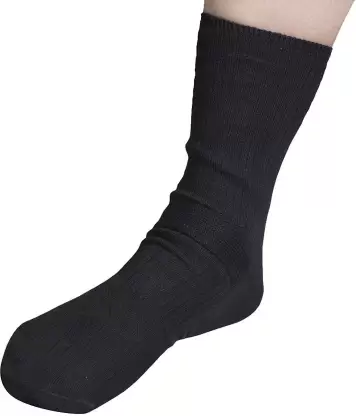Diabetes and neuropathy
Up to a portion of all patients with diabetes endure with neuropathy. It is imagined that diabetes causes neuropathy in two ways. High blood glucose, first and foremost, levels (hyperglycemia) obstruct nerve signals. Also, the veins that supply nerve cells with oxygen and supplements become harmed. The normal early side effects of neuropathy are shivering, deadness and agony. There are three kinds of neuropathy and they all influence the feet.
Tactile neuropathy and the foot
Tactile neuropathy can prompt a deficiency of feeling and a failure to feel torment, temperature changes and vibration in the legs and feet. This is on the grounds that the nerves that typically convey signals from the skin, bones and muscles to the cerebrum are harmed. Thus, rankles or other little injuries do not convey the standard aggravation messages that caution that something is off-base; the harm is not dealt with as expected and contamination and ulceration can follow.

Engine neuropathy and the foot
Engine neuropathy influences the nerves that convey messages from the mind to the muscles thus control movement. At the point when these nerves are harmed, the foot can change shape since there is squandering (decay) of a portion of the little muscles. Decay of one bunch of muscles can cause the instep (curve) of the foot to rise and turn out to be more articulated making the toes twist and become ripped at. In the event that one more arrangement of muscles is impacted the instep brings down or falls and causes level feet.
Autonomic neuropathy and the foot
Autonomic neuropathy fundamentally influences the perspiration organs of the foot. Normally, sweat organs are directed by nerves without cognizant control. In diabetics, notwithstanding, the nerve harm can bring about too little perspiration being created. Thus the skin on the feet becomes dry and loses its flexibility making it inclined to breaks and in the end to contamination.
Diabetes and flow
Diabetes influences the flow of blood to the feet by causing the significant corridors providing the lower leg to ‘fur up’. This is a condition called atherosclerosis. The blood supply to the feet is diminished and ‘unfortunate flow’ results neuropathy socks. Hypertension, an eating regimen high in fat and smoking add to this issue. Unfortunate flow in the feet can cause side effects of issue and torment; cuts and bruises would not mend as expected prompting a more serious gamble of disease and ulceration.
Serious foot issues in diabetes
Foot ulcers influence upwards of 1 out of 10 individuals with diabetes and are treated very in a serious way. Indeed, even little ulcers might mend gradually and need thorough treatment. Untreated ulcers can form into more boundless lower body diseases, with the chance of removal of an appendage in the most pessimistic scenarios. Diabetic neuropathy that has stayed undiscovered may likewise become muddled by a condition called Charcot’s arthropathy. Inside the foot, inconspicuous strain causes debilitating of the bones and inner cracks. In most pessimistic scenarios this can prompt terminal ulceration and the requirement for removal.
